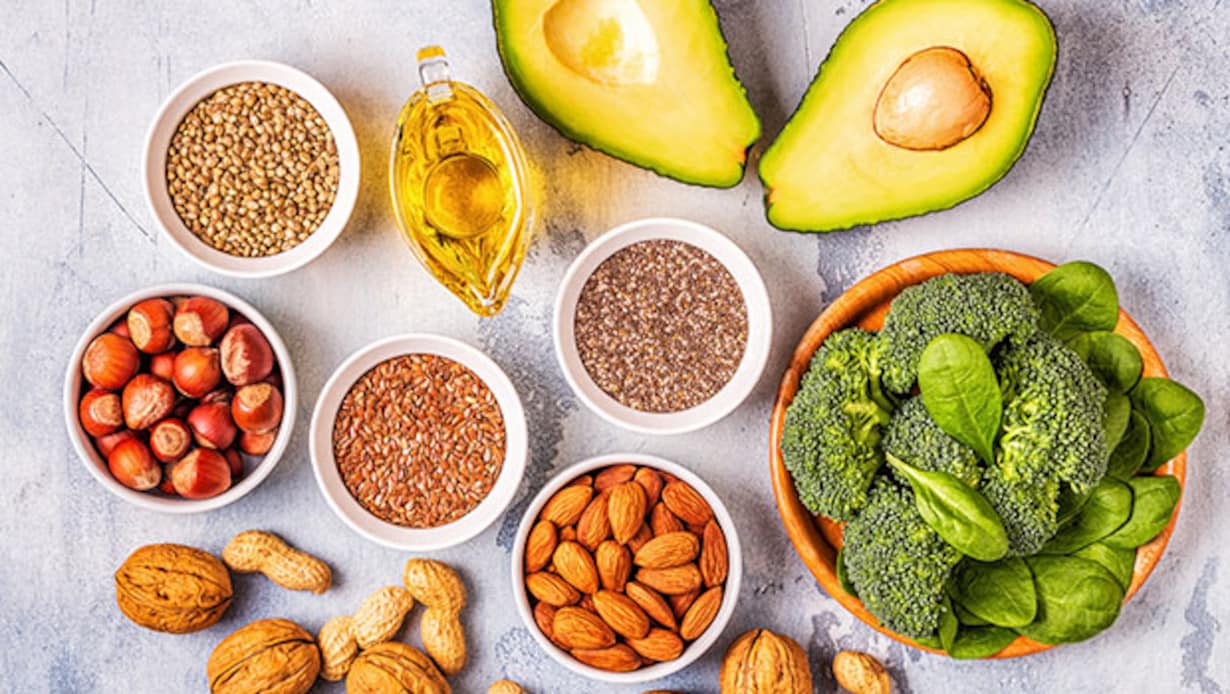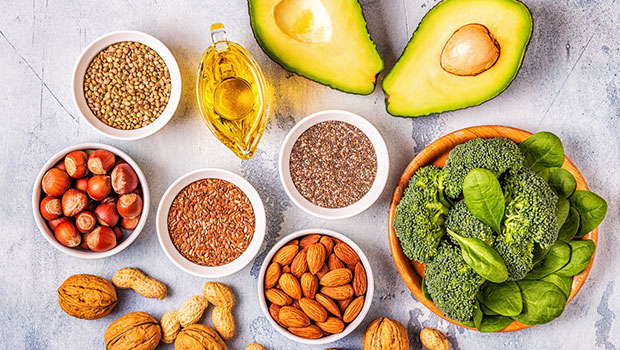Currently Empty: ₦0.00
Omega-3: Natural Food Sources

Omega-3 fatty acids are a type of polyunsaturated fat that play a fundamental role in various bodily functions. These essential fats are not produced by the human body, making it crucial to incorporate them into our diets. The three main types of omega-3s are alpha-linolenic acid (ALA), eicosapentaenoic acid (EPA), and docosahexaenoic acid (DHA). Each type offers unique health benefits, contributing to cardiovascular health, brain function, and reducing inflammation.
)
Below are natural food food sources of omega-3 fatty acids
- Fatty Fish: Fatty fish are among the richest sources of omega-3s, particularly EPA and DHA. Examples of omega-3-rich fish include salmon, mackerel and sardines. Consuming these fish regularly can significantly boost your omega-3 intake.
- Flaxseeds: Flaxseeds are an excellent plant-based source of ALA, a type of omega-3 fatty acid. Grinding flaxseeds can enhance their digestibility, making it easier for your body to absorb the beneficial nutrients. Add ground flaxseeds to smoothies, yogurt, or sprinkle them on salads to reap their nutritional benefits.
- Chia Seeds: Chia seeds are another plant-based omega-3 powerhouse, offering a high ALA content. These tiny seeds can be easily incorporated into your diet by adding them to cereals, oatmeal, or making chia seed pudding.
- Walnuts: Walnuts are a convenient and delicious nut option that provides a good dose of ALA. Enjoying a handful of walnuts as a snack or adding them to salads and oatmeal can contribute to your daily omega-3 intake.
- Hemp Seeds: Hemp seeds are a nutritious source of omega-3s and can be sprinkled on salads, yogurt, or added to smoothies.
- Soybeans and Soy Products: Soybeans and soy-based products, such as tofu and edamame, are rich in ALA. Including these plant-based sources in your diet can be beneficial for those seeking non-fish options for omega-3s.
It’s important to note that fatty fish, algae, and some supplements provide EPA and DHA directly, while plant-based sources like flaxseeds and walnuts provide ALA, which can be converted to EPA and DHA in the body, though the conversion rate is limited. Including a variety of these foods in your diet can help ensure you get a good balance of omega-3 fatty acids.



